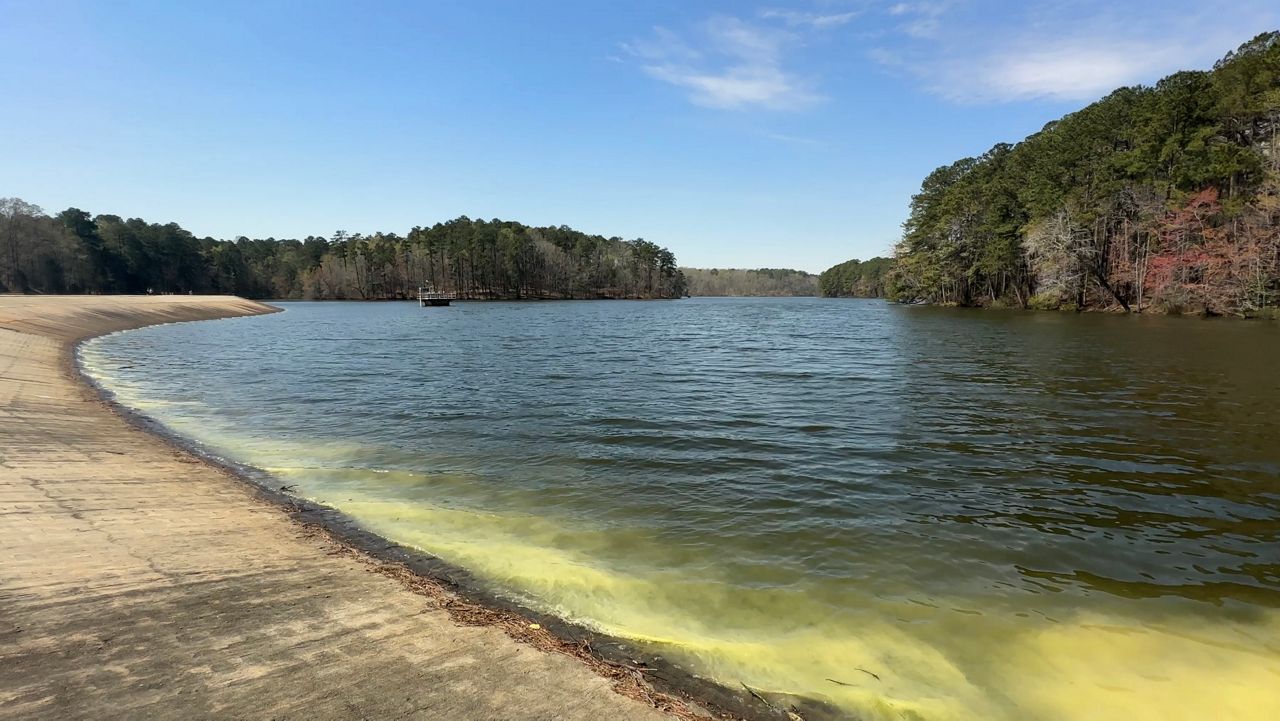SOPHIA, N.C. — Many North Carolina drivers cross bridges on their daily commutes with hardly a second thought. That’s thanks in part to the work of the North Carolina Department of Transportation.
NCDOT crews oversee the condition of thousands of bridges across the state
Bridge inspector Drew Hackney helps bridges earn their rating by checking every angle, taking photos and making an inspection report
As of June 2022, NCDOT said more than 80% of North Carolina’s bridges were in good condition or better based on the Bridge Health Index
NCDOT crews oversee the condition of thousands of bridges, culverts and pipes across the state. Bridge inspector Drew Hackney said the job keeps him busy, and he enjoys that it takes him somewhere different every day.
“We have a list that comes up every month from the last two years that we’ve gotta do,” Hackney said. “We usually check between 30 and 40 each month.”“We have a list that comes up every month from the last two years that we’ve gotta do,” Hackney said. “We usually check between 30 and 40 each month.”
The Federal Highway Administration uses a rating scale of good, fair and poor for bridges across the country. That rating looks at the three main parts of a bridge. Hackney helps bridges earn their rating by checking every angle, taking photos and making an inspection report. A bridge inspection supervisor will then examine the report and determine the bridge’s status.
NCDOT said the state also uses a different assessment called the Bridge Health Index, and as of June 2022, more than 80% of North Carolina’s bridges were in good condition or better based on that index.
Hackney is glad to help North Carolinians stay safe on the roads, and he asks them to return the favor when they see a crew like his out checking a bridge.
“People don’t slow down. The main thing is safety,” Hackney said.
NCDOT estimated approximately 1,110 bridges across North Carolina were in the poor condition category as of March 2021. The department said poor condition bridges are still driveable, but repairs come with a hefty price tag. The work is forecast to cost around $4 billion.










